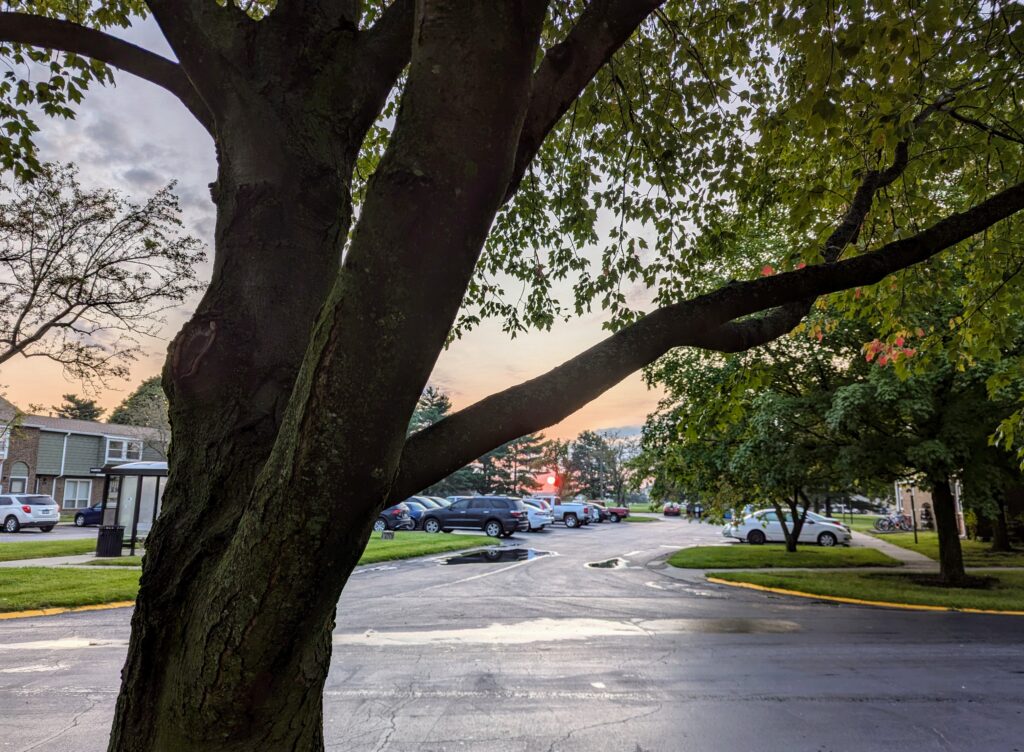I’ve spent too much time thinking about longevity
I’ve been thinking about longevity too long and too hard. It isn’t something that I suddenly started doing when I reached my 60s, or even when I hit middle age. I can remember as a high school student figuring out that I’d need to live about two thousand years to have time to learn and do all the stuff I wanted to learn and do.
Sadly, everything we know now suggests that lifestyle improvements can get you a life extension of 7 years—maybe as much as 11 years, if you get serious about it. I mean, that’s not nothing, but it’s not going to get me to two thousand years, or even to eleventy-one, like Bilbo. (That’s what I lowered my sights to, when I realized that two thousand years was unlikely.)

I was briefly pretty hopeful in the late 1980s, when it looked like nanotech might produce amazing longevity gains. But, no. Turns out except for a few materials-science things—stuff like that tweaking the surface of glass to make it self-cleaning—the only nanotech that anyone has been able to get to do anything remotely interesting is biotech. I mean, MRNA vaccines are awesome, but nothing like the nanotech we were promised.
Considering how much is written about longevity, the stuff that actually works offers pretty minimal benefits. Getting a life extension of 7 to 11 years look pretty easy, just by doing the obvious, boring stuff, and practically none of the fancy bio-hacky things have any evidence behind them at all.
So what are the boring things that work?
Eat food
Don’t eat industrially produced food-like substances. Eat in reasonable amounts. Eat diversely. I saw one study that suggested that any exclusion-based diet—keto, carnivore, vegan, etc.—seemed to be associated with poorer health outcomes. (On the other hand, if one of those things produces benefits in the short term—for me, it’s eating low-carb—there’s no reason not to do it long enough to reap those benefits. But long-term you want a diverse diet.)
Exercise
Until recently the only real evidence-based exercise advice was for 150 minutes per week of moderate-intensity exercise (brisk walking, basically). But recently it has become very clear that maintaining muscle mass, strength, and power are beneficial in multiple ways (everything from reducing falls to providing a glucose sink). Separately, a high V̇O2 max is strongly associated with a longer life. So although there’s little evidence for weight lifting, running, or high-intensity cardo, there is now very good evidence that the entirely expectable results of those exercise modalities are excellent for longevity. So: diverse exercise is going to help you live longer.
Manage your blood pressure, blood glucose, and blood lipids
Really good diet and exercise can maybe eliminate the need for drugs. But taking the drugs if you need them can help a lot.
Enjoy life
There’s good evidence of benefit from social connection. There’s good evidence of benefit from time spent in nature. There’s good evidence of benefit from having a positive mental attitude. (All those are suspect, because being sick makes them tougher to do, so you’re selecting out some fraction of the people who are going to die young, which makes the statistics misleading. But there’s not much point in a long life unless you’re going to enjoy it, so why not?)
Other stuff
I’ve refrained from mentioning the bio-hacky stuff that I’ve spent way too much time thinking about. Not just the nanotech stuff, but also all the rest: All of the supplements, sleep hacks, drinking more (or less) coffee (or tea or bone broth or mushroom-enhanced beverages), etc.
It’s not that things like sleep aren’t important. It’s that there’s essentially no evidence that any specific intervention is going to help in a measurable way. In fact, there can’t ever be any such evidence. The experiment can’t be done. And if it were done, the effect wouldn’t be measurable.
I mean, if you have a diagnosis for a problem—sleep apnea, for example—then treating that problem could very easily be transformational, not just for your longevity, but for your life right now. But giving everyone a CPAP machine would do no good. Furthermore, picking a few random sleep hacks—avoiding caffeine after mid-day, wearing blue-blocker glasses, or tweaking your pre-bedtime routine—isn’t going to make any difference across the population. (Any one of those might help you in particular, and if it does, more power to you. But none of those, even if adopted by 100% of the population, is going to add a year to the average lifespan.)
If you’re interested in details, you might look at the recent New York Times article “The Key to Longevity Is Boring.” Another option would be to read the Peter Attia book Outlive, or listen to his most recent podcast episode, Longevity 101, either of which does a great job of covering the handful of things that will give you that extra 7 to 11 years of life.
Visited the New England Botanic Garden
As one of many pleasant outings during our visit, Steven took us to the New England Botanic Garden. It was a good choice for the group, providing opportunities for walks of all different lengths for people who wanted to walk further or less far.
There were, of course, lots of plants to see (f you’re a fan of diverse hostas, you’d be in heaven), but I found myself drawn to the art, and particularly enjoyed the sculptures. Although not religious myself, I don’t mind religious art, but I do find the endless Christian iconography one tends to find especially in the Midwest to be tedious. So I always enjoy anything different.
The New England Botanic Garden had a lot of western classical art, one sort I particularly enjoy. (I always like allegorical personifications (like Liberty and Justice, but lots of others as well), and I saw figures for Summer and Autumn (although I failed to get pictures of those). I also like classical western architecture—especially faux architecture, such as follies, which they had one of, along with a Temple of Peace. And I did manage to capture a photo of the statue of Pan.



Well worth visiting, if you’re in the area, and like botany or classical western art.
Writing, and plans for writing
I have written very little in a long time. But today I started working on something new, and I have a plan to get another (related) thing that I wrote a while ago ready to submit.
The older thing is a bit of steampunk-esque whimsy that I started as an experiment in voice, and found I rather liked. As it grew, I realized that it was longer than a short story, and a market I was interested in was about to open to novella submissions, so I thought I’d just let it grow.
One thing I do when I’m writing is to just drop bits in that seem cool, as possible set-ups for later bits. This often works out very well. Sometimes, though, those bits of set-up imply stuff that doesn’t get written. That happened this time, and I made a list of bits that either needed the follow-up stuff written, or else be deleted.
Since I was aiming at novella length (and I wasn’t there yet), I figured that I could just write those bits out. But several didn’t end up working out. So now my plan is to make another pass through the planned novella, delete the bits that didn’t go anywhere, turn it into a novelette, and get it submitted somewhere.
But that is all work for another day. Today I’ve started on something new: a sequel to that story. I remain delighted by the characters, by the steampunky world, and by the voice I used to write the story. And yesterday I came up with part of a new idea.
Just now I jotted down a few sentences, which I very much hope to get back to later today.

Not really AI (happens every time)
As someone who’s been paying attention to AI since the 1970s, I’ve noticed the same pattern over and over: People will say, “It takes real intelligence to do X (win at chess, say), so doing that successfully will mean we’ve got AI.” Then someone will do that, and people will look at how it’s done and say, “Well, but it’s just using Y (deep lookup tables and lots of fast board evaluations, say). That’s not really AI.”
For the first time (somewhat later than I expected), I just heard someone doing the same thing with large language models. “It’s just predicting the next word based on frequencies in its training data. That’s not really AI.”
Happens every time.
2024-08-29 13:47
Somebody in the local HEMA Discord shared:
“The fact I gotta train 3–5 days a week to keep my body at “moderately broken,” while my cat sleeps all day, and can do parkour with ease, is a crime.”
Another guy said:
“Maybe the reason the cat’s ok and needs to sleep all day is because it spends all it’s waking time doing parkour. If you did parkour all day and then slept for 12 hours you’d probably be able to keep up with the cat.”
To which I said:
“I have spent the last 15 years of my life trying to arrange it exactly like this. I have not yet achieved complete success, but I haven’t given up.”